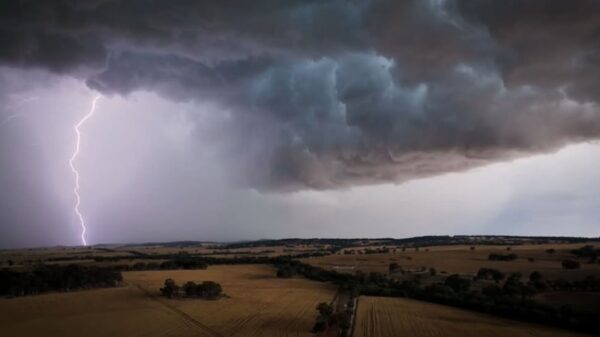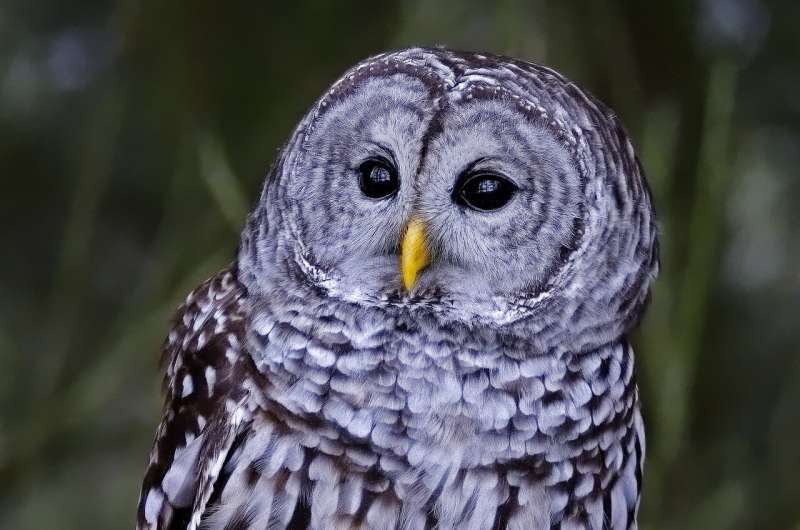A controversial plan to cull approximately 450,000 barred owls in the Pacific Northwest is encountering significant opposition from an unusual alliance of Republican lawmakers and animal rights advocates. This initiative, approved by the U.S. Fish and Wildlife Service in August 2024, aims to protect the threatened northern spotted owl by reducing competition from the more common barred owl.
The plan spans three decades and targets areas in California, Oregon, and Washington. Supporters claim that removing barred owls is essential to prevent the extinction of the northern spotted owl, which currently has an estimated population of only 3,000 individuals left on federal lands. However, opponents argue that the culling strategy is not only expensive but also inhumane and ultimately unworkable.
In recent developments, federal officials canceled three owl-related grants totaling approximately $1.1 million to the California Department of Fish and Wildlife. This included a study aimed at removing barred owls from over 192,000 acres in Mendocino and Sonoma counties. Peter Tira, a spokesperson for the state wildlife agency, noted that some of these projects never progressed beyond the planning stage due to funding cancellations.
A spokesperson for the U.S. Fish and Wildlife Service emphasized the administration’s commitment to eliminating wasteful programs, stating, “Under President Donald J. Trump‘s leadership, we are cutting unnecessary costs and ensuring every dollar serves a clear purpose.”
Congressional Action and Bipartisan Coalition
The potential for Congress to overturn the owl culling plan is becoming a focal point of the debate. According to a recent decision by the Government Accountability Office, the plan is subject to the Congressional Review Act, which allows new administrations to reverse regulations established by previous administrations. If Congress passes a joint resolution, the plan could be effectively terminated, preventing the Fish and Wildlife Service from proposing a similar rule without explicit Congressional authorization.
Bipartisan groups within the U.S. House of Representatives have expressed their concerns through letters to the Secretary of the Interior; a total of 19 Republicans and 18 Democrats signed these letters, including seven lawmakers from California. Among them are U.S. Reps. David Valadao, Sydney Kamlager-Dove, and Jim Costa.
Rep. Troy E. Nehls, a supporter of President Trump, stated through his communications director, Emily Matthews, that he is exploring various options to halt the culling plan, which he views as a misuse of taxpayer funds.
Kamlager-Dove expressed her disapproval, stating, “As an animal lover, I cannot support the widespread slaughter of these beautiful creatures.” Should Congress successfully introduce and pass a resolution against the culling plan, it would mark a significant setback for wildlife management strategies aimed at species protection.
Scientific Perspectives and Community Concerns
While some conservationists argue that a cull is necessary, others warn of its potential pitfalls. Tom Wheeler, executive director of the Environmental Protection Information Center, cautioned about the implications of Congress intervening in wildlife management, stating, “It’s an intrusion by Congress into areas where we’re relying on high agency expertise and scientific understanding.”
Wheeler’s position is supported by research indicating that where barred owls are removed, the populations of northern spotted owls have stabilized. However, opposition leader Wayne Pacelle, president of Animal Wellness Action, asserts that even with full funding, the culling plan would struggle to succeed due to the vast areas that need to be controlled. He suggests that barred owls from surrounding regions would quickly repopulate areas from which they were removed.
The cost of executing such a large-scale cull remains contentious. Opponents estimate the total cost could reach $1.35 billion, while a 2024 research paper suggested initial expenses might range from $4.5 million to $12 million annually, decreasing over time.
As the debate continues, both sides recognize the competition for nesting sites and food between barred and spotted owls. Barred owls, larger and more aggressive, have been labeled as invasive species in parts of the Pacific Northwest due to their expansion following European settlement.
The future of the owl culling plan remains uncertain as public opinion, scientific research, and political maneuvering converge. With strong voices on both sides, the outcome could significantly impact the conservation landscape for both barred and spotted owls in the coming years.



































































